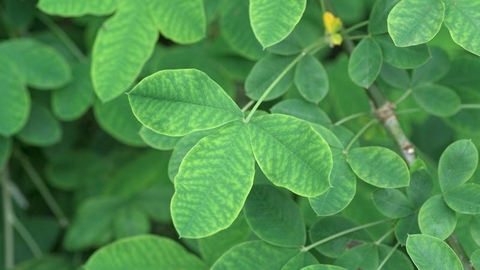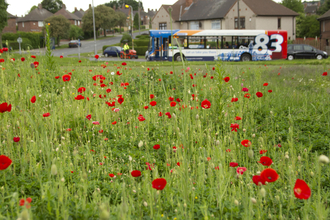
©northeastwildlife.co.uk
Common laburnum
Scientific name: Laburnum anagyroides
Common laburnum is an introduced species, planted in parks and gardens. It is most recognisable in flower - its hanging bunches of yellow blooms giving it the name 'Golden rain'. It is highly poisonous.
Species information
Category
Statistics
Height: 7mConservation status
Introduced, non-native species.


